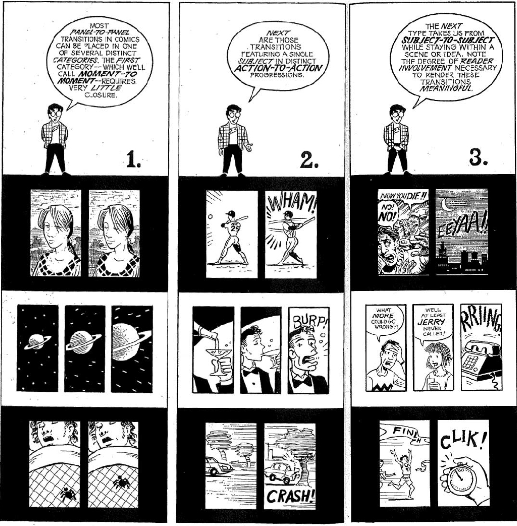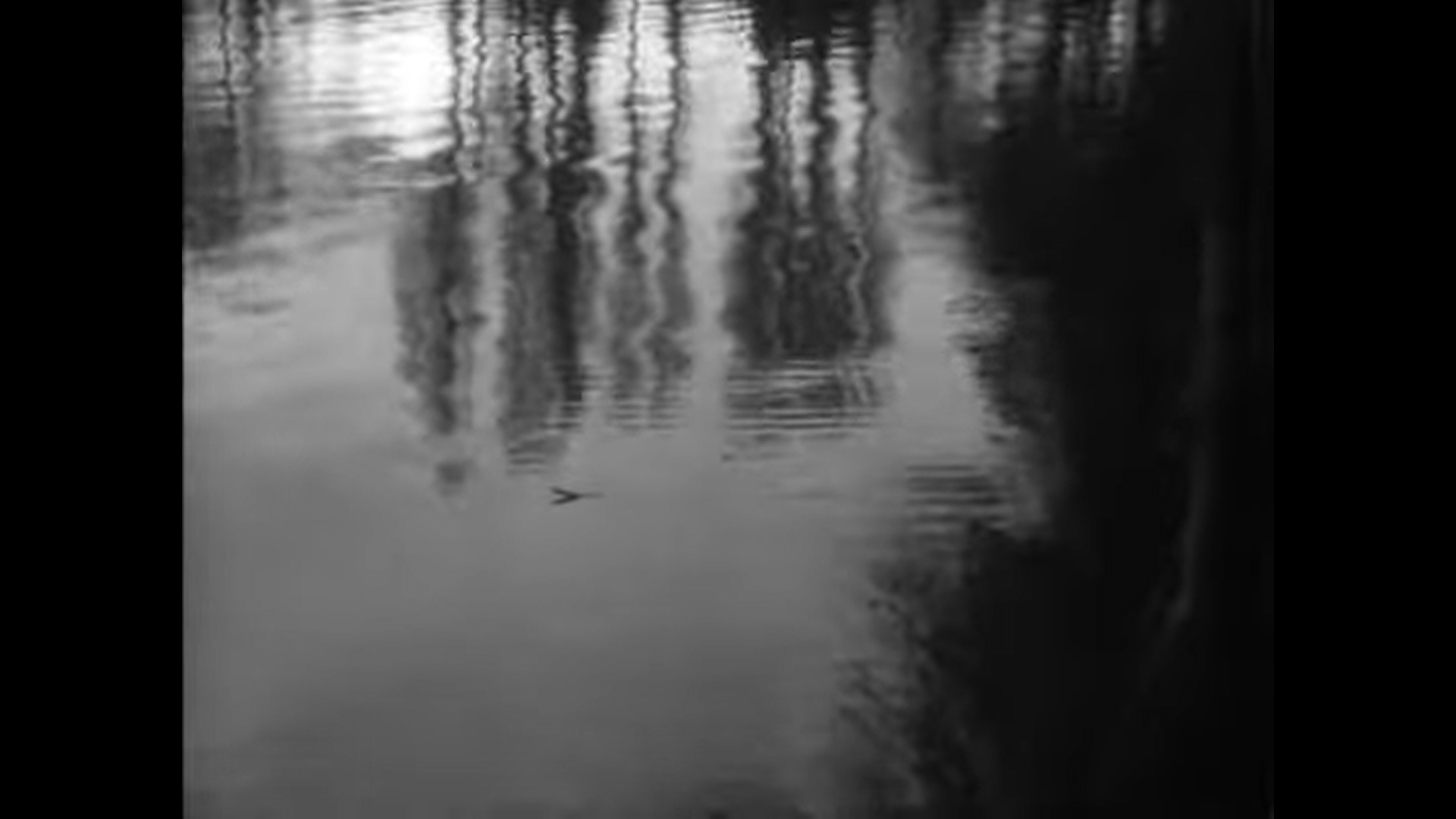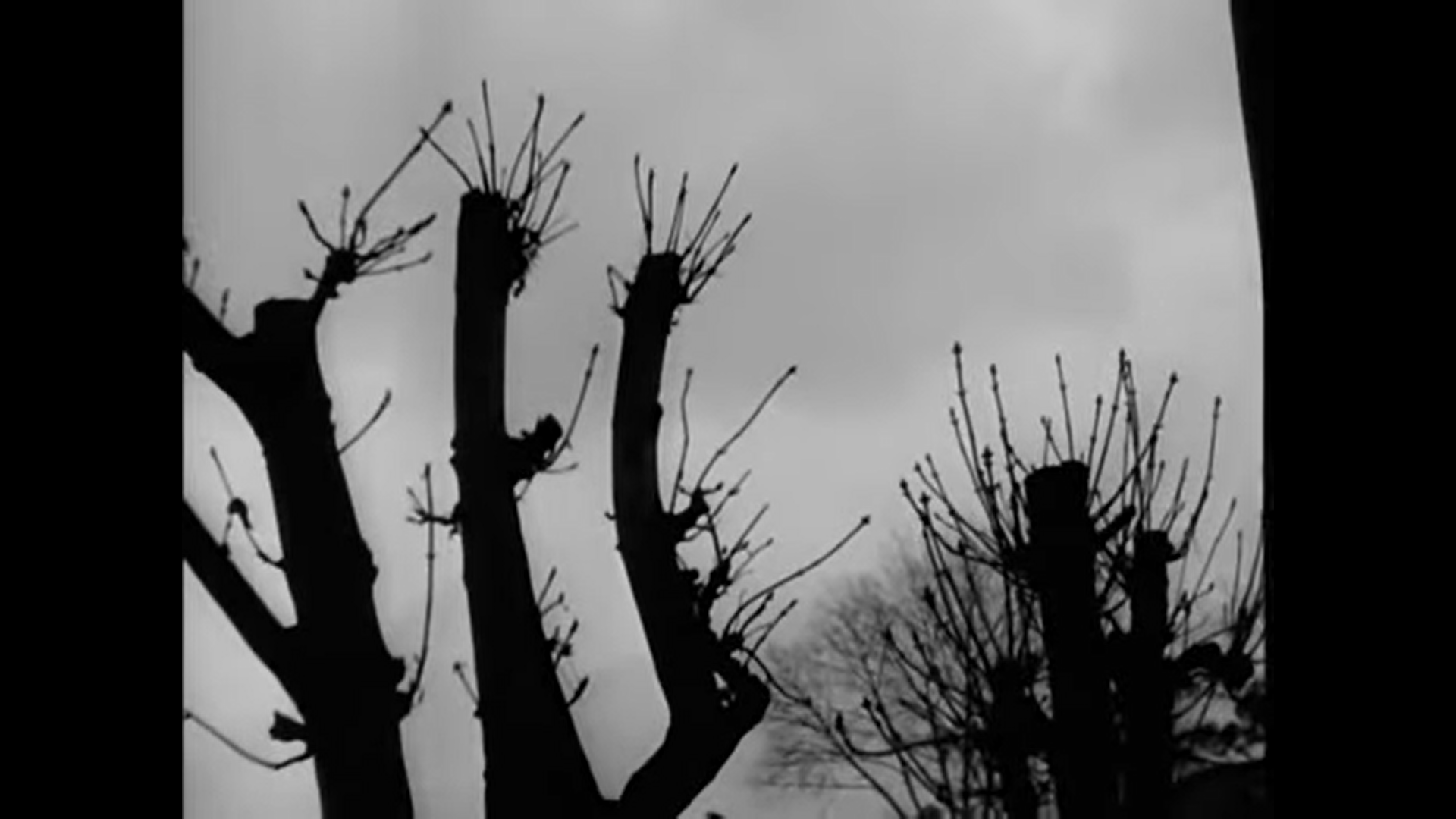Blog Post: Using ChatGPT have a chat to explore a short “story” idea and its visual style that you can use to generate AI video clips (30-60 sec) for the AI Cinema project. Finalize a 200-300- word summary of a story or idea for your AI Cinema project. Post this in the blog. This will be the framework for your prompts. Also, in a separate paragraph, describe the look or style you want to aim for. You can reference directors, genres, or specific films, but also use words to describe the quality of the image: film stocks, cameras, lighting, color/bw, production design, sets, costumes.
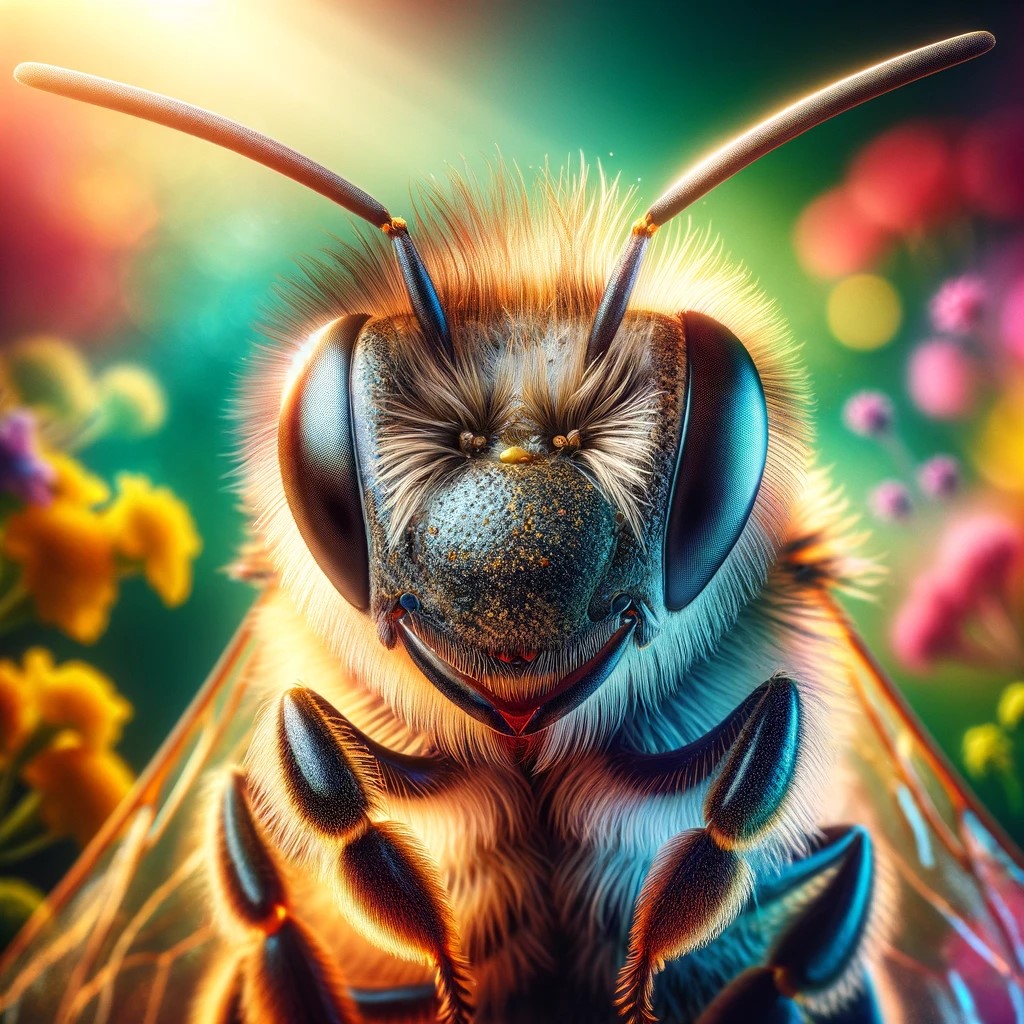
In the heart of a vibrant garden, bustling with life, resided Bella, a diligent little bee with a golden glow. Each morning, as the sun cast its first light, Bella embarked on a crucial journey, one that intertwined her destiny with the flowers around her.
One day, Bella discovered a rare, withering flower, hidden in the garden’s shadows. Its petals drooped, craving the touch of a pollinator. Bella, moved by the flower’s plight, made a promise to revive it.
With determination, Bella zipped through the garden, visiting flower after flower, collecting pollen on her legs. She danced in the sun, her wings glistening, as she moved from one bloom to another, spreading life.
But the garden was vast, and the day was short. Bella pushed her limits, her tiny heart fueled by the promise she made. She ventured into unexplored parts of the garden, facing challenges: gusty winds, raindrops like boulders, and the ever-looming shadows of predators.
As the sun began to dip below the horizon, casting a golden hue over the garden, Bella reached the withering flower once more. With gentle care, she brushed against its heart, transferring the life-giving pollen.
Days passed, and the once-drooping flower stood tall, its petals vibrant and full of life, a testament to Bella’s perseverance. The garden thrived, a mosaic of colors and scents, each flower a note in nature’s symphony, all thanks to the tiny bee’s journey.
Bella’s journey was more than pollination; it was a tale of resilience, care, and the interconnectedness of life. In the grand tapestry of the garden, every creature, no matter how small, played a vital role. Bella’s story was a reminder that even the smallest actions could breathe life into the world around us, making it a better place for all.
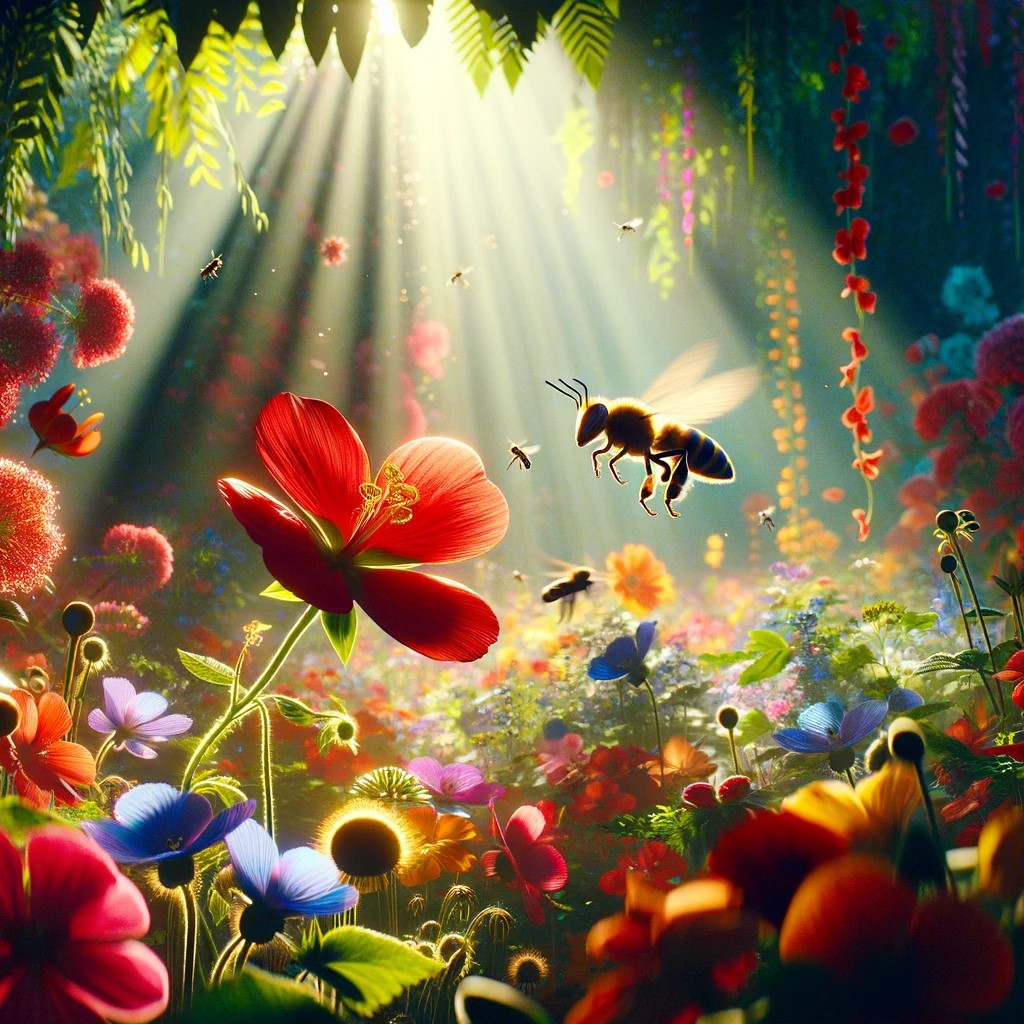
- Garden Encounter: The first scene depicts a lush garden teeming with colorful flowers. The bee is seen hovering over a bright red blossom, with sunlight filtering through the leaves, creating a lively and productive atmosphere reminiscent of a busy day of pollination.
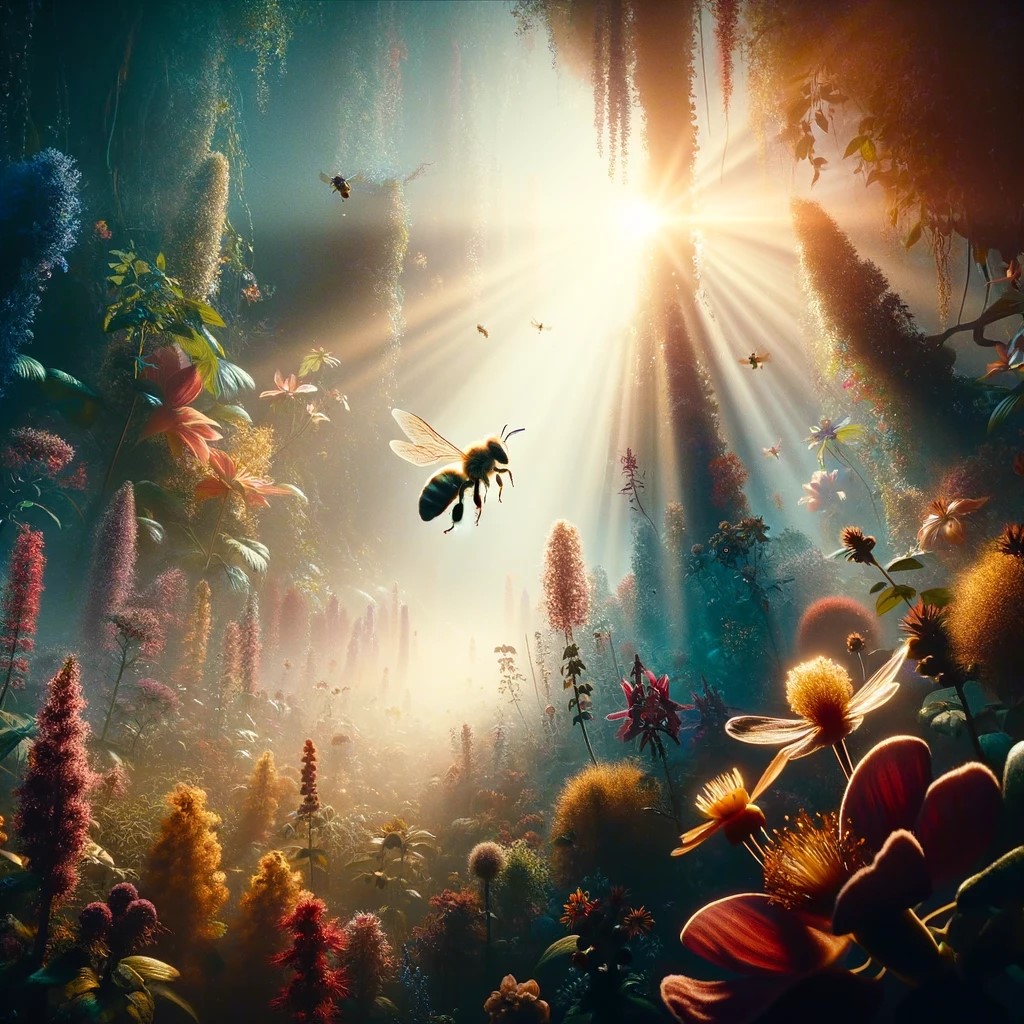
- Forest Navigation: The second scene shows the bee navigating through a dense, misty forest of towering flowers and plants. Sunlight pierces through the foliage, highlighting the bee’s path and emphasizing its determination as it moves from flower to flower.

- Dawn Awakening: In the third scene, we capture the early morning tranquility in the countryside, with dew-covered webs and leaves glistening in the sunlight. The bee is gently landing on a dew-soaked petal, symbolizing the start of its pollination journey.

- Urban Oasis: The fourth scene contrasts the natural vibrancy of flowers against the backdrop of a bustling cityscape. The bee flits among urban flowers, showcasing the coexistence of nature and urban life and highlighting the adaptability of nature.

- Sunset Return: The final scene is set at sunset, with the sky painted in vibrant hues. The bee is silhouetted against the setting sun, marking its return to the hive after a day of pollination. The scene reflects the bee’s essential role in the ecosystem against a contemplative and stunning backdrop.
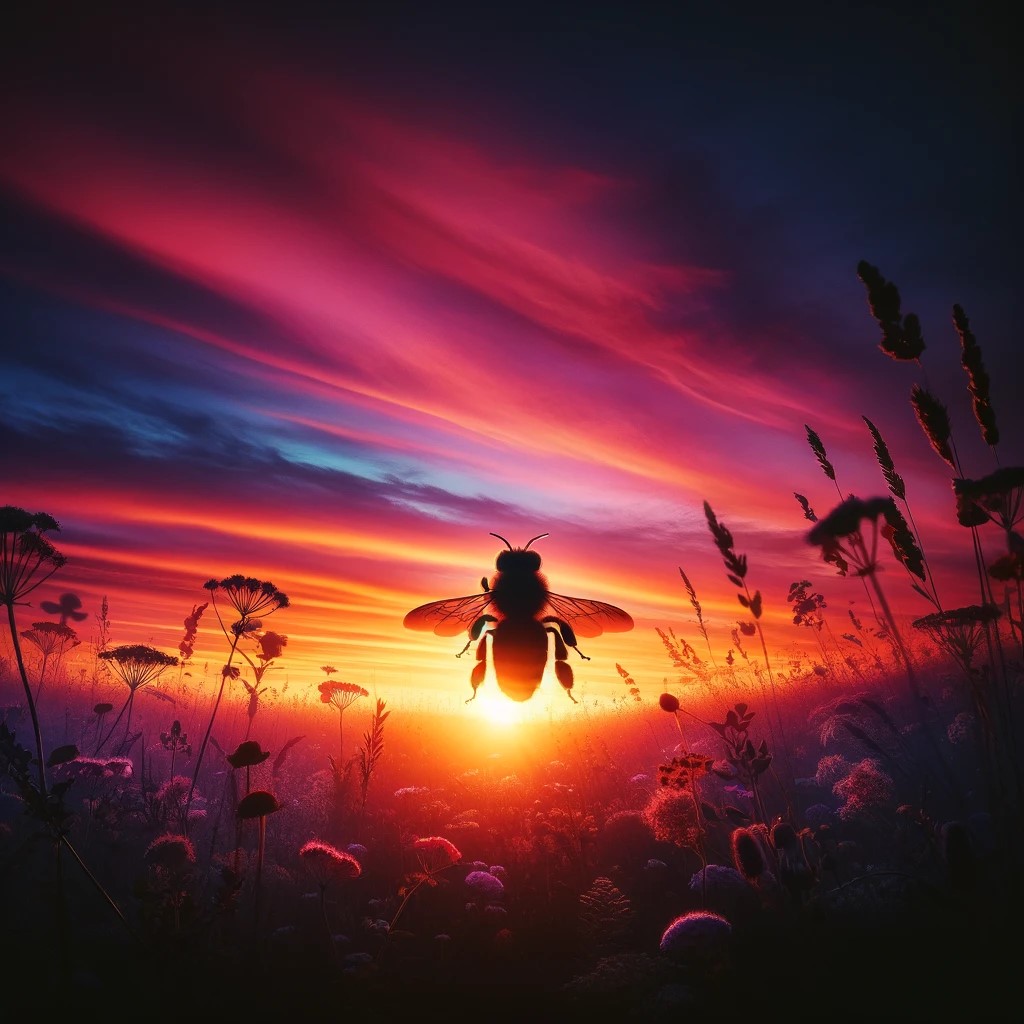
View Post





